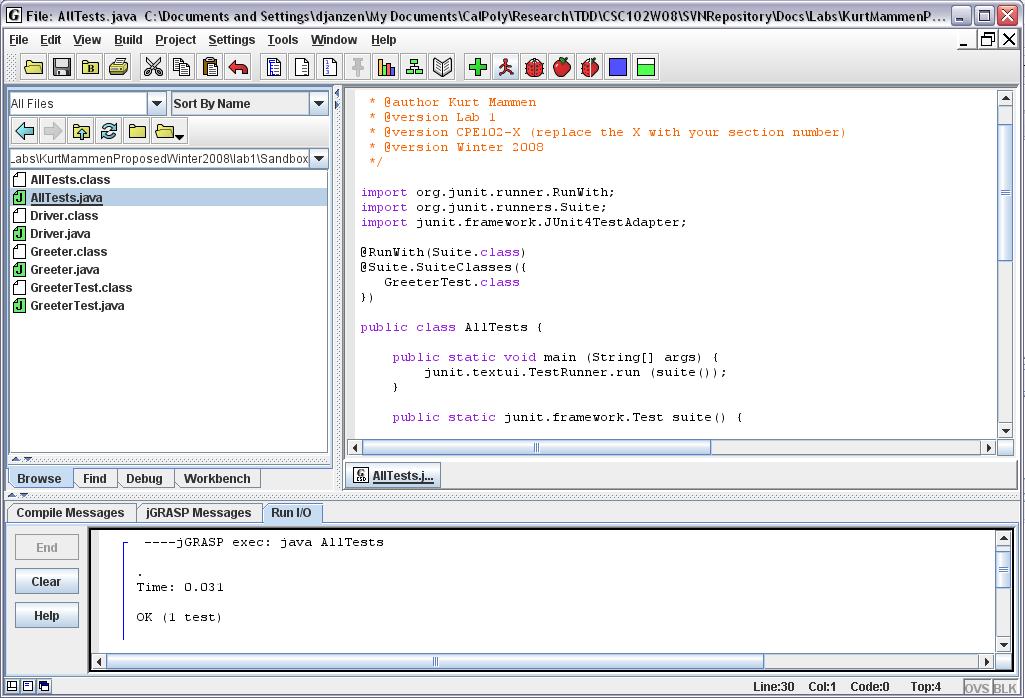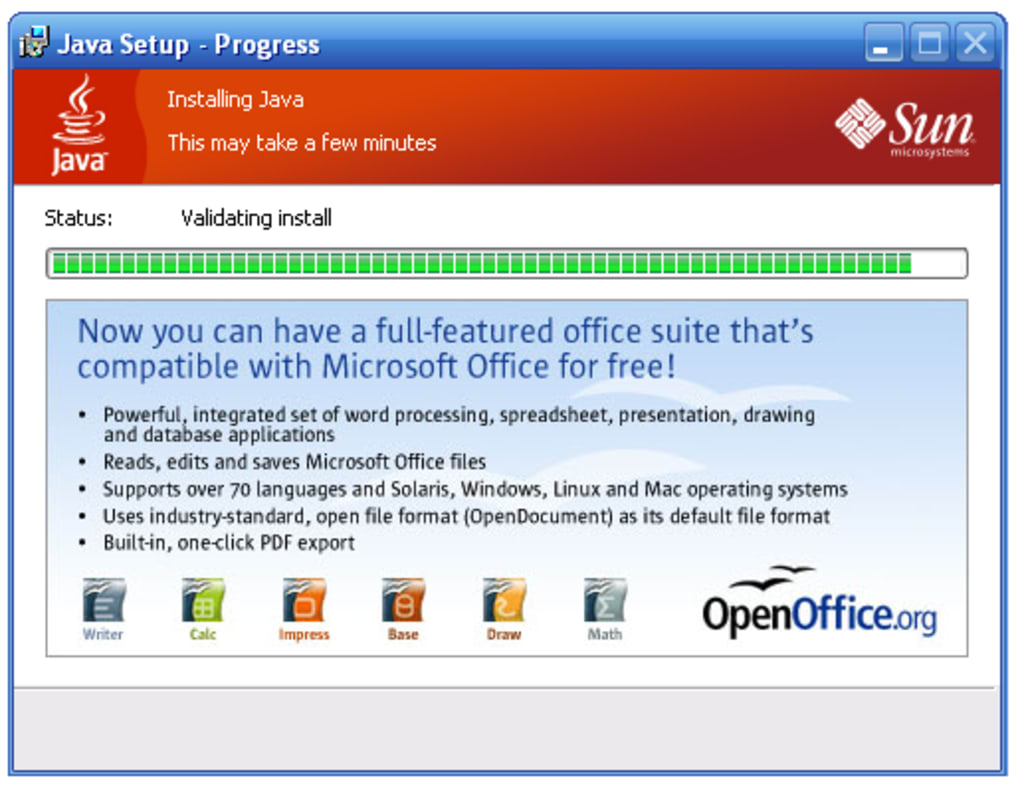

The instructions below show how to do this, using the code file AddFive.java and the tests file AddFiveTest.java. With this in mind, you'll almost always need to tell jGrasp that the tests in a given file correspond to a different file. You need to manually tell this to jGrasp (more information on how to do this follows in the instructions below).įor this class, you'll usually be given some template code (e.g., M圜ode.java), along with some template tests (e.g., M圜odeTest.java). That is, the name of the file with tests must be the same as the original file, but the class name ends in the word “ Test”.Įven if you already have both code and tests in separate, properly named files (e.g., M圜ode.java and M圜odeTest.java), jGrasp does not automatically detect that the code in M圜odeTest.java contains tests for M圜ode.java. JGrasp is picky about the filenames which tests goes in.įor example, if you have a file named Foo.java, then jGrasp assumes that all tests for Foo.java are in FooTest.java. That said, there are a couple quirks with running JUnit tests from within jGrasp which you need to be aware of: Now that jGrasp is configured to use JUnit, you can run JUnit tests from within jGrasp.

Once you finish this step, jGrasp should be configured with JUnit. Once you have found the directory, click the “ Choose” button.Ī screenshot has been provided below to illustrate, where the folder name/location is /Users/kyledewey/junit_setup.Ĭlick the “ Ok” button, as shown in the screenshot below: Using the window that appears after the previous step, navigate to where the folder/directory is which you created in the first step (which should contain JUnit installation files after the second step).

Step 6: Navigate to the JUnit Installation Folder Step 4: Select the JUnit Configure OptionĪ screenshot showing this is provided below.Ĭlick the “ Browse” button, as shown in the screenshot below:
Jgrasp java development kit download#
These files need to be saved in the folder/directory which you created in the previous step.Įxactly how you perform the download depends on which Web browser you're using.įor both Firefox and Chrome, you can right-click the above links and choose “ Save Link As.”, and then navigate to the target folder/directory and save.Įxactly how you do this depends on your particular configuration. There are two binary files which you need to download, listed below: Step 2: Download JUnit Installation Files If you're unsure of what to name this folder/directory, the name junit_setup will work. The exact name or location of the folder/directory doesn't particularly matter, though the folder/directory should be in a relatively permanent location which you can easily reference later on.įor example, if you have a USB drive which you carry between the lab and home, it'd be good to put this folder on the USB drive. Step 1: Create a Folder/Directory for JUnit Installation FilesĬreate a folder/directory where you will later save some JUnit installation files. Once jGrasp has been configured to use JUnit, you do not need to fo through these configuration instructions again. The instructions below accomplish just that. However, unlike with the JDK, jGrasp cannot automatically figure out where JUnit is, so we need to configure it to know where it can find JUnit. This is analogous to the fact that jGrasp has built-in support for the Java Development Kit (JDK), but it does not come preinstalled with the JDK. While jGrasp has built-in support for JUnit, it does not come preinstalled with JUnit. This guide covers two big things related to JUnit: Testing in jGrasp Using JUnit Testing in jGrasp Using JUnit


 0 kommentar(er)
0 kommentar(er)
